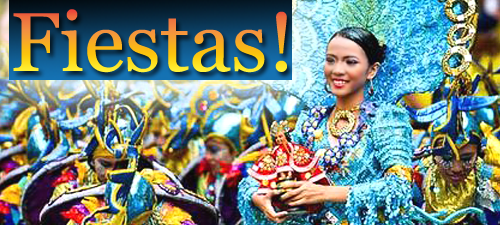
Continued from Part 1 published in Filipinos in Auckland
GOING MUCH FURTHER BACK
If these still exist, how far back in time could other extant records and artefacts allow us to actually define the length and breadth of the history of the Philip pines?
If we base it solely on the particular day Magellan arrived, we come up with all of 491-years, roughly half a millennium. But that’s just one brief segment of an evi dently much longer recorded history.
We have come to know about an older period of history pre-dating the Philip pines’ Spanish era, with its confederation of barangays (village or ward), datus (chieftains), timawas (free men), mahardlika or maharlikas (pointing to the nobil ity of wealthy vassals), the alipin (servant).
It is a particular segment of pre-Hispanic Philippine history that has come to light. It starts with the nation-states of Maidth in Mindoro (or ‘Ma-yi’, as recor ded in the Chinese imperial annals of the history of the Song Dynasty (960 to 1279 AD), and the Kingdom of Namayan (circa 800-1175 AD) – which dominated the area of the upper Pasig River and the coast of Laguna Lake. It is also known now that the rulers of this kingdom were part of a much bigger polity called Sapa (mentioned earlier) whose people enjoyed a virtual monopoly as middlemen in trade with China at the time.
DRAMATIC DEMARCATION LINES
Then, there is the Laguna Copperplate Inscription (LCI). It is the earliest known written document found to-date in the Philippines. A thin copper plate measur ing less than 8×12 inches (20×30 cm), it is inscribed with small writing in Kawi Script – a variety of Old Malay containing numerous loanwords from Sanskrit and a few non-Malay vocabulary elements whose origin is ambiguous between Old Javanese and Old Tagalog hammered into its surface.
The plate inscription relates the account of a man named Namwaran releasing its bearers (his children) from a debt in gold amounting to 1 kati and 8 suwarnas (or approx. 865-grams). Dated to Monday 21st April 900 AD in the Gregorian calen dar, the LCI extends further back Philippines’ recorded history by another 621-years from 1521 AD – the first contact with the Spanish on Homonhon island in what is now Leyte.
Written records and inscriptions of whatever form including the LCI signify dramatic demarcation lines. These illuminate knowledge about a people’s his tory. In this particular instance, the plate highlights evidence of cultural and economic links that were present between the Taga-Ilog (Tagalog) people of that era in Luzon and various contemporary civilizations in Asia such as: the Srivi jaya Empire (circa 683 to 13th century AD) which was a powerful ancient Malay thalassocratic (or sea-faring) empire based on the island of Sumatra; the Java nese Medang Kingdom (8th-10th centuries AD); and, the Eastern Chalukya Kingdom (624-1075 AD) of India. Employing the Srivijayan establishment date as another reference point from 2012 AD, our time marker reaches further back to some 1,329-years of recorded history.
So far, so good. But that’s not all as other surprises await.
ICON OF A STORIED PAST
The discovery of the Golden Tara statue is one of those rare opportunities which allow us to lift up another foundation stone. In doing so, it entrenches more deeply the historical roots and culture of the Filipino people. After the passage of hundreds of centuries, the statue resurfaced after a flood in 1917 on one of the silt-laden banks of the Wawa River near Esperanza, Agusan del Sur, Mindanao.
Watch The Video
Gold may have been one of the main reasons for the large proto-historic population center in Butuan, in the Philippines and the Golden Tara has established the Indic influence on our long history as a gold producing culture. There are also other gold artefacts which display the glorious past of our culture and these pre-Hispanic collections are now on display at the Lopez Museum and the Central Bank of the Philippine’s museum section in Manila. The Golden Tara was subsequently acquired by an American in 1922 and subsequently bought by the wife of Governor General Leonard Wood during the Philippines’ American Period. It is now housed in the Field Museum of Natural History in Chicago USA.
Extensive research has determined that this precious artefact of antiquity, an icon of a storied past, is part of the Vajrayana Buddhist culture (7th century through 13th century AD) which existed in the Philippine islands. The Golden Tara is priceless largely because it is one of the few surviving relics of the Phil ippine adaptation of the Hindu-Malayan goddess ‘Tara’ and strongly suggests that a matriarchy existed in the Philippines in those times.
This exquisitely crafted 4-pound gold object measures about 7-inches tall. Small as it may seem, it peels back the hidden language and cultural codes of the Fili pino as a people. Its discovery encourages us to ponder more insights, ones that clarify a still unfolding process of self discovery.

 During the Spanish
During the Spanish





























